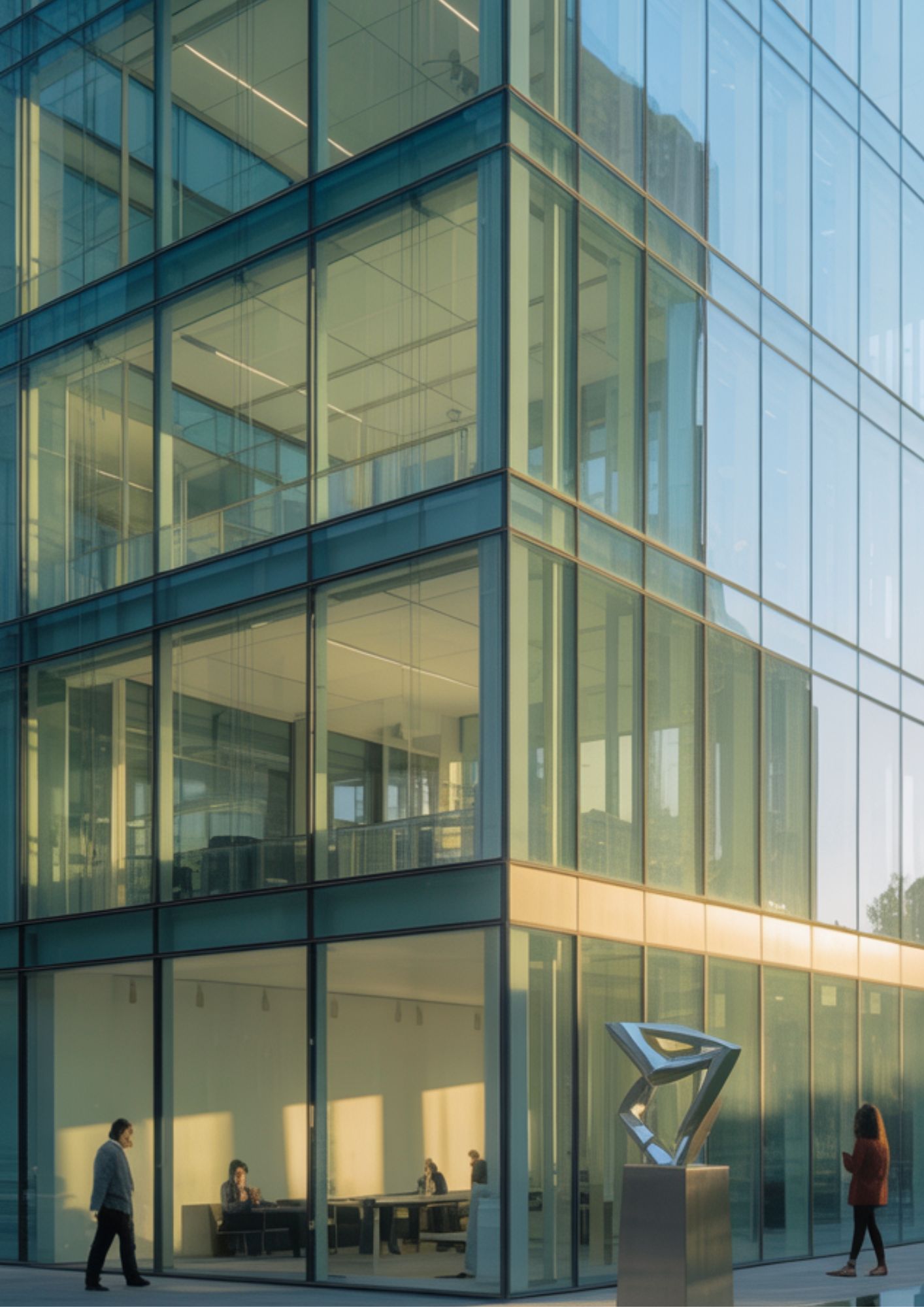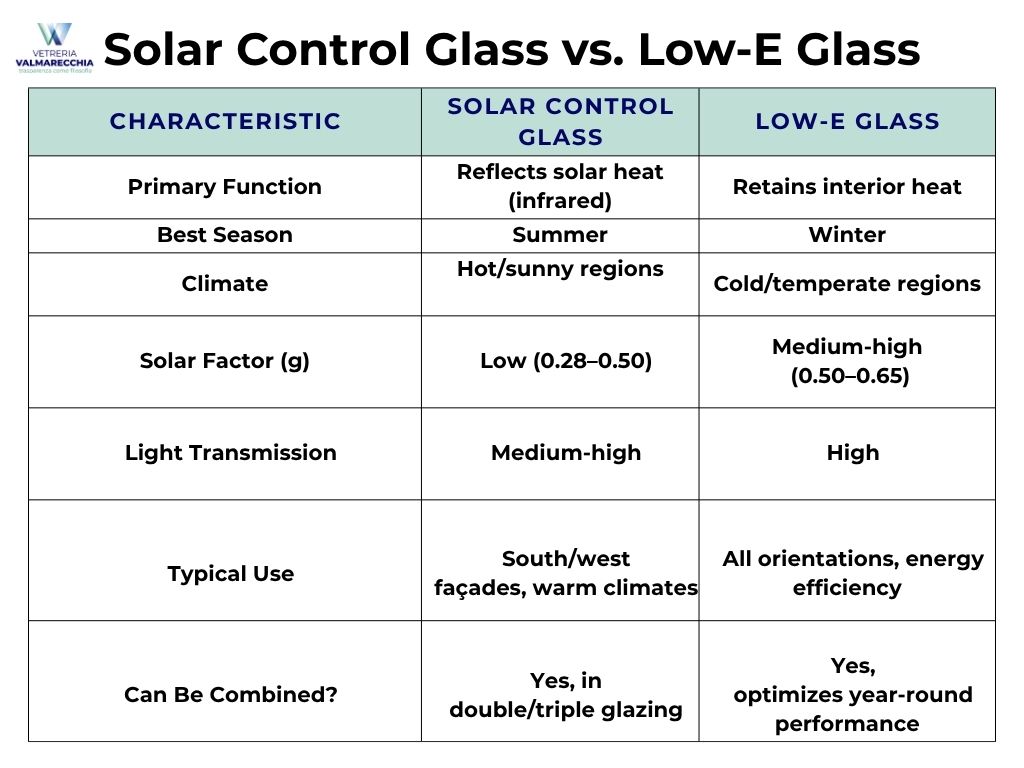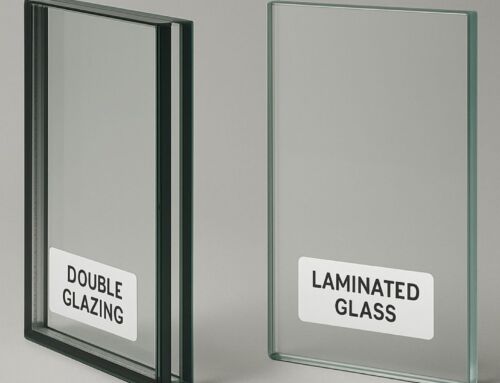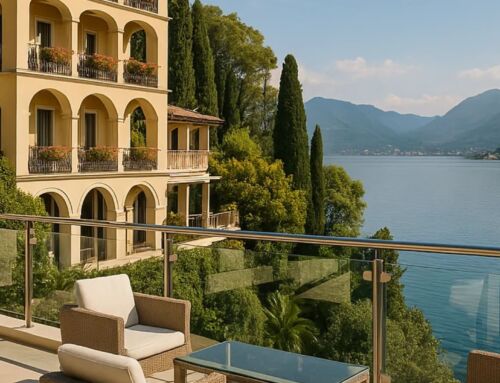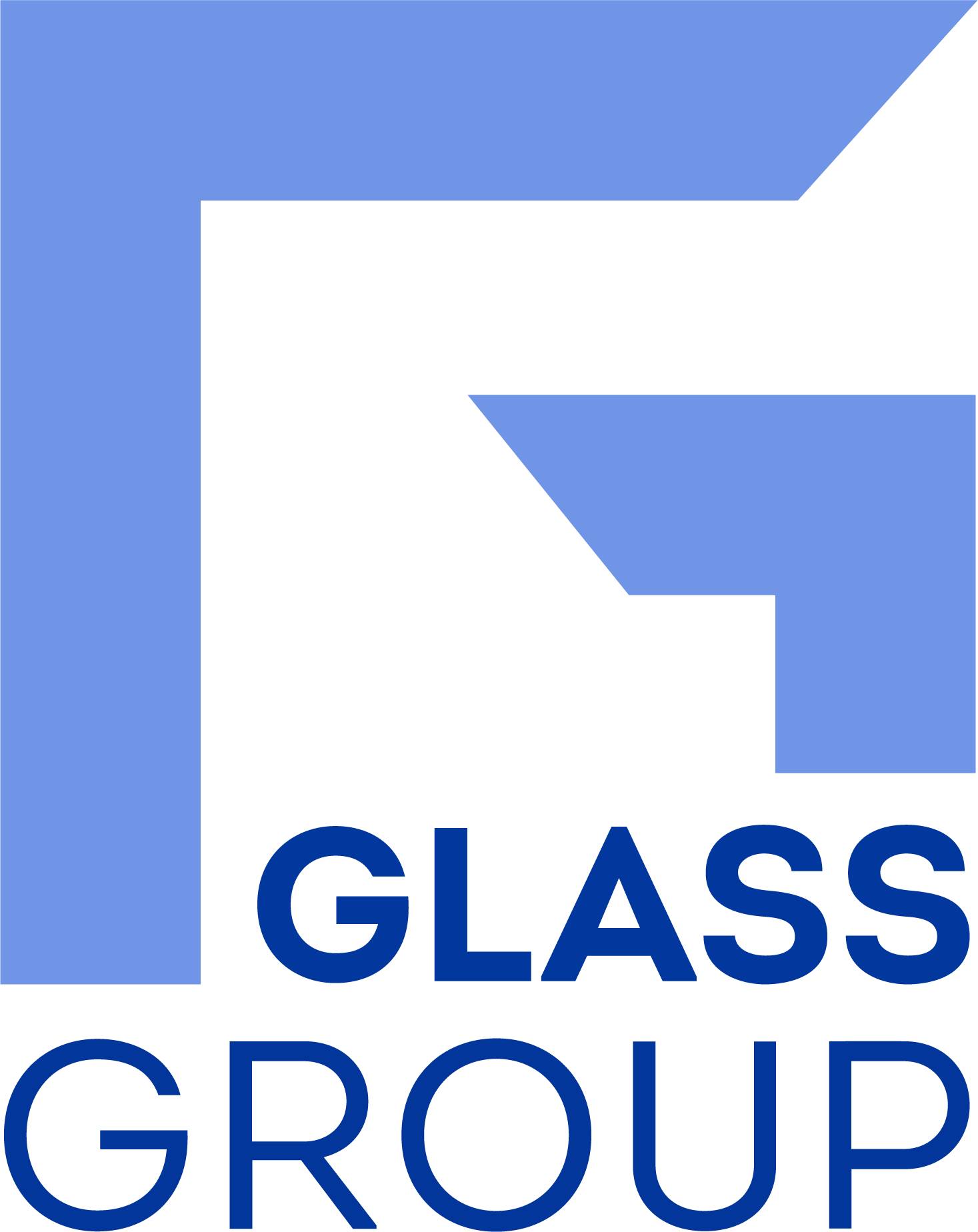The evolution of construction materials has transformed glass into a key player in energy efficiency. Solar control glass, often called selective glass, offers a concrete answer to the demand for comfort, design, and energy savings in modern building projects.
Thanks to specialized solar control coatings, these glasses selectively filter solar energy, keeping interiors bright yet cooler and thermally efficient. In this article, we’ll explain how they work, what advantages they offer, and where it makes sense to use them (based on what I’ve learned working with hundreds of projects).
What is solar control glass?
Solar control glass is treated with ultra-thin coatings applied through a magnetron sputtering process under vacuum. These coatings, typically based on noble metals like silver, allow:
- visible light transmission while maintaining natural brightness
- infrared reflection (solar heat rejection)
- reduced thermal load on the building envelope
This type of glass belongs to the high-performance or specialty glass category, designed to improve comfort and reduce energy consumption while contributing to decarbonization goals in the construction sector.
If you want to dive deeper into insulating glass unit technology, I recommend reading: Insulating Glass Units: Everything You Need to Know.
How does solar control glass actually work?
The core of selective glass technology is the magnetron coating: an invisible, multi-layer treatment deposited on the inner surface of the glass.
This coating acts as an intelligent barrier:
- allows natural light to enter without obstruction
- blocks a significant portion of incoming heat during summer months
- reduces glare in sun-exposed environments
- enhances IGU performance when integrated into double or triple glazing units
The result? Interiors stay bright, cooler, and more comfortable, while achieving significant energy optimization that contributes to the building’s overall efficiency and environmental sustainability.
What are the real benefits of solar control glass?
Solar control glass solves an architectural challenge that’s been around forever: maintaining building comfort throughout all seasons.
In modern constructions with extensive glazing, the problem isn’t just excessive heat gain during summer months—it’s maintaining interior comfort without skyrocketing energy costs.
Selective glasses address this challenge by intelligently filtering solar radiation without compromising natural light levels. They’re a high-performance solution that contains cooling costs, improves overall energy efficiency, and meets the growing demand for environmental sustainability in building projects.
Thanks to their ability to optimize energy flow through glazed surfaces, solar control glasses represent a key solution for:
“Solar control glass is one of the most intelligent and versatile technologies for combining aesthetics, comfort, and energy savings. We recommend it in every project where light and thermal control must coexist without compromise.”
— Giacomo Venturini, CEO Vetreria Valmarecchia
Solar control glass reduces solar heat transmission while maintaining high interior brightness, contributing to both thermal and visual comfort in interior spaces.
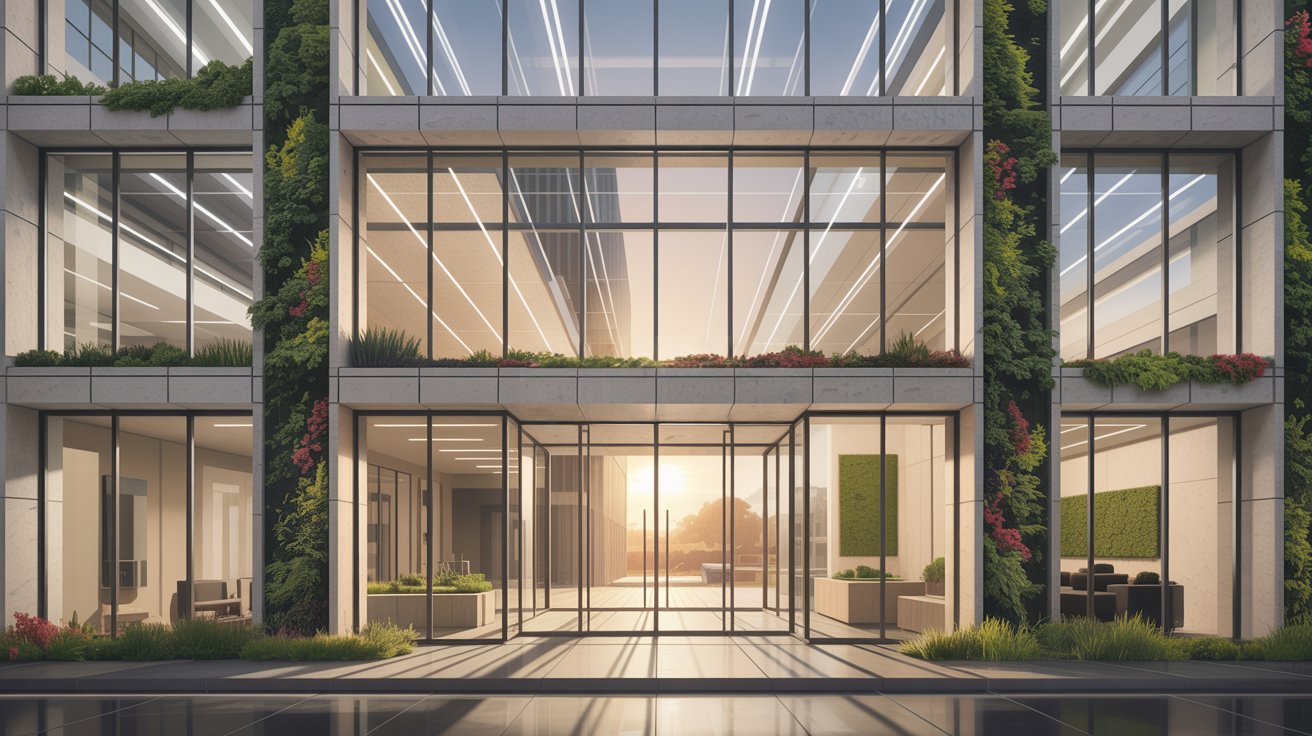
Where should you use solar control glass?
In many buildings, especially those with large glazed surfaces, finding the right balance between natural lighting, thermal comfort, and energy efficiency is challenging.
High summer temperatures, glare issues, and increased cooling costs are recurring problems for designers, contractors, and hospitality facilities. Solar control glasses offer a concrete, effective, and certified solution to address these obstacles in various application contexts.
Here are the most common cases where we recommend (and have successfully supplied) solar control glass:
What are NZEB projects?
Nearly Zero Energy Buildings are structures designed to have extremely low energy consumption, thanks to:
- a high-performance thermal envelope
- efficient building systems
- renewable energy sources covering part of the energy demand
According to European and national regulations (EPBD Directive and Minimum Requirements Decree), all new buildings must meet these criteria, particularly public or newly constructed buildings.
In this context, solar control glasses play a crucial role because they:
- limit summer solar load on the building envelope
- improve thermal comfort throughout the year
- contribute to reduced cooling consumption and HVAC demands
- help meet transmittance and solar factor parameters required by NZEB regulations
Solar control glass vs. Low-E Glass: which should you choose?
When selecting high-performance glass, it’s essential to evaluate climate, building orientation, and seasonal energy requirements.
Solar control and low-emissivity glasses address different and often complementary needs. The following comparison helps clarify which solution to adopt, or whether combining them within a high-performance IGU makes more sense.
If you want to learn more about low-emissivity glass, I recommend reading: Low-E Glass: Save Energy and Live Better.
How much does solar control glass cost?
One of the most common questions concerns the cost of solar control glass compared to traditional solutions. While it does have a slightly higher upfront cost, this type of glass guarantees economic returns over time through reduced energy consumption.
You should think of solar control glass as a technical and strategic investment, especially in buildings where natural light and thermal control must coexist.
That said, the price of solar control glass varies based on:
- Glass type and coating specification
- Single, double, or triple IGU configuration
- Dimensions and additional treatments (anti-reflective, self-cleaning, acoustic)
- Required fabrication processes
Overall, when discussing solar control glass, we’re talking about high-performance glass in the medium-to-high market segment.
Given everything mentioned above, you’ll understand that we cannot provide a final price for your solar control glass without evaluation. Glass types, fabrication processes, additional treatments, and your project dimensions require case-by-case assessment, as all these variables significantly impact the final solution price. The range is so broad (from €60 to €300 per m²) that we prefer you contact us to explain your project.
Vetreria Valmarecchia offers solar control glass from the high-performance light and solar range of Europe’s best glass manufacturers (including Saint-Gobain, Pilkington, and others). Our expertise in insulating glass units allows us to create various combinations that guarantee our clients maximum sustainability.
Final thoughts on Solar Control Glass
Solar control glass is a transparent yet powerful technology that improves living comfort and reduces consumption without sacrificing design. It represents a strategic choice for those wanting to build or retrofit sustainably, with certified products oriented toward the future.
Trusting Vetreria Valmarecchia means relying on nearly 50 years of market experience, professionalism, and awareness. Our customized solutions allow clients to invest in efficiency, aesthetics, and environmental responsibility.
Want to improve your project’s energy efficiency with certified solar control glass?
Solar control glass is ideal for buildings with large glazed areas exposed to sunlight: improving comfort, reducing glare, and cutting cooling costs in homes, offices, and hotels.

